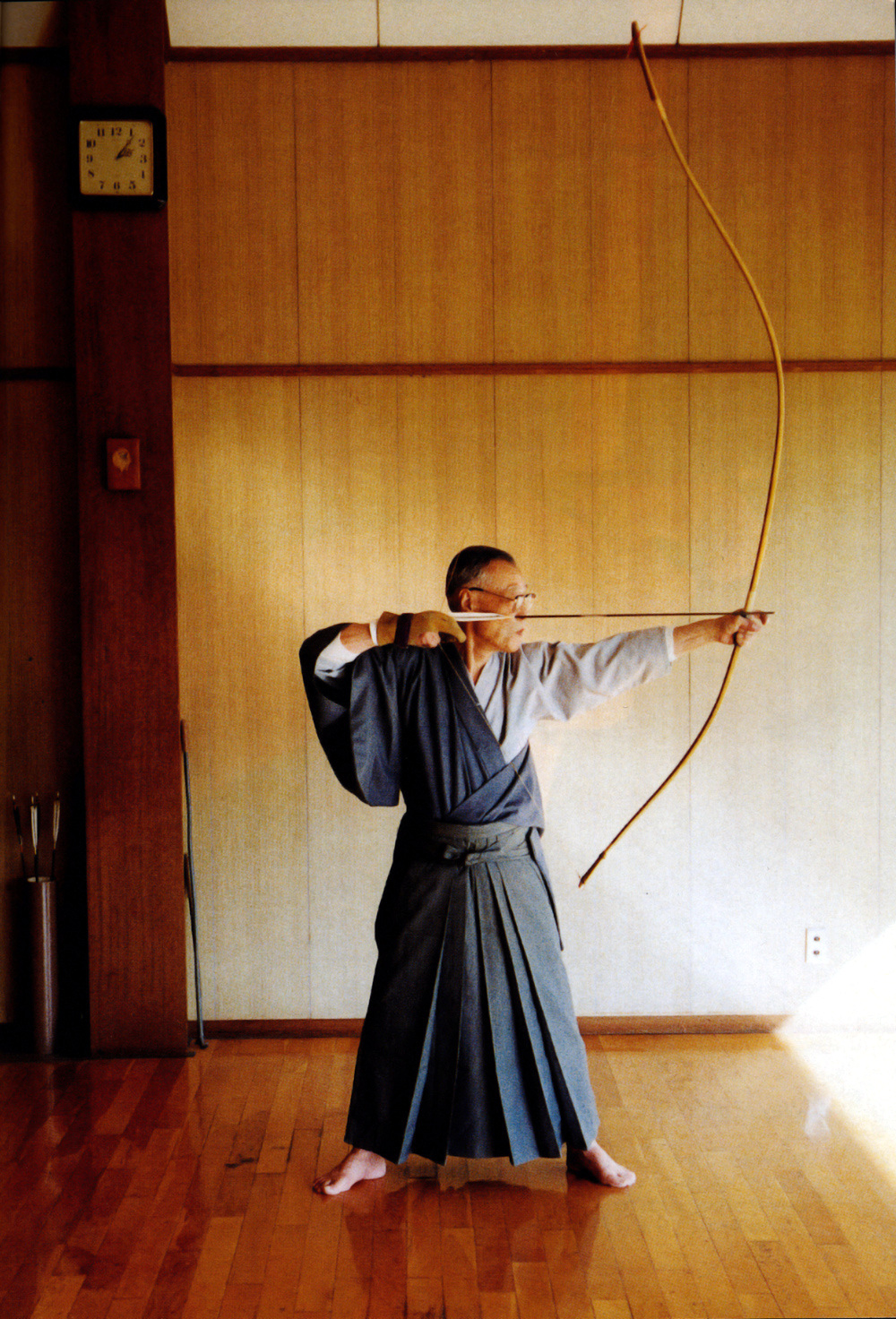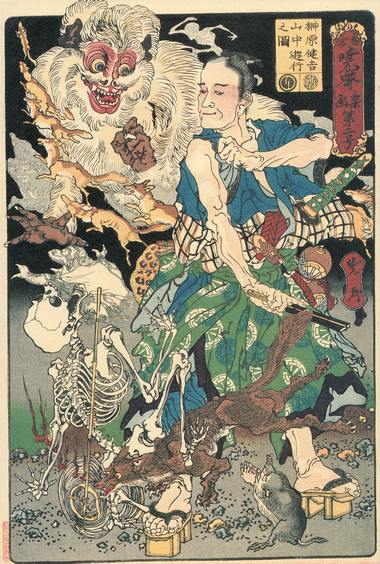|
Kashima Shinden Jikishinkage-ryū
, often referred to simply as Jikishinkage-ryū or Kashima Shinden, is a traditional school (''koryū'') of the Japanese martial art of swordsmanship (''kenjutsu''). The school was founded in the mid-16th century, based upon older styles of swordsmanship like Yoru no Hikari Ryū, and is one of the few ancient Japanese martial arts schools still existing today.Koryu Bujutsu: Classical Warrior Traditions of Japan, volume 1 by Skoss, Diane (Editor). New Jersey Koryu Books 1997. . [...More Info...] [...Related Items...] OR: [Wikipedia] [Google] [Baidu] |
Ryū (school)
is the Japanese term referring to a school in any discipline. The kanji itself is commonly used as a suffix. In English, the word is frequently used to refer to schools of Japanese martial art, although it can also be found used in other disciplines (for example Nihon- koryū and Sōgetsu-ryū in ikebana, Kantei-ryū in calligraphy, etc.). In the martial arts Japanese martial arts are often classified and codified into . Usually a given style will have its own curriculum, ranks and licensure system. These may be based on the parent style or a combination of sources that form the background of the system. The name of a style may have particular meaning or may simply be a location. Toyama-ryū is named for the Toyama Military Academy in Japan. In contrast, Gōjū-ryū is the ' hard-soft' style, which indicates both characteristic techniques and thematic elements that form a 'signature' of the style. Sometimes this is merged or confused with the name of the dojo A is a ... [...More Info...] [...Related Items...] OR: [Wikipedia] [Google] [Baidu] |
Kyūdō
''Kyūdō'' () is the Japanese martial art of archery. Kyūdō is based on ''kyūjutsu'' ("art of archery"), which originated with the samurai class of feudal Japan. In 1919, the name of kyūjutsu was officially changed to kyūdō, and following the example of other martial arts that have been systematizing for educational purposes, kyūdō also reorganized and integrated various forms of shooting that had been used up until then. Many practitioners may refer to themselves as ''yumihiki'' (弓引き), or 'ones who draw the bow'. Kyūdō is practised by over a hundred thousand people worldwide. The bow they use is called a . It has an asymmetrical shape and length of more than , and its use is characterized by the archer gripping the lower third of the bow stave to shoot. History The beginning of archery in Japan is pre-historical. The first images picturing the distinct Japanese asymmetrical longbow are found on Dōtaku from the Yayoi period (c. 500 BC – 300 AD). Emerge ... [...More Info...] [...Related Items...] OR: [Wikipedia] [Google] [Baidu] |
Yamada Jirokichi
was the 15th and last official headmaster or ''sōke'' of Kashima Shinden Jikishinkage-ryū, a ('' koryū'') of the Japanese martial art of swordsmanship (''kenjutsu''). He was a student of the 14th ''sōke'', Sakakibara Kenkichi (榊原 鍵吉). In the early twentieth century (1927), he published a book documenting all five classical kata of this ''koryū'' that originates from the sixteenth century.Kashima Shinden Jikishinkage-ryū 鹿島神傳直心影流 by Yamada Jirokichi. Suishinsha, hardcover, 1927. See also * Kashima Shinden Jikishinkage-ryū , often referred to simply as Jikishinkage-ryū or Kashima Shinden, is a traditional school (''koryū'') of the Japanese martial art of swordsmanship (''kenjutsu''). The school was founded in the mid-16th century, based upon older styles of swo ... References External links Kashima Shinden Jikishinkage-ryū {{DEFAULTSORT:Yamada, Jirokichi Japanese swordfighters 1863 births 1930 deaths ... [...More Info...] [...Related Items...] OR: [Wikipedia] [Google] [Baidu] |
Shihan
is a Japanese term that is used in many Japanese martial arts as an honorific title for expert or senior instructors. It can be translated as "master instructor". The use of the term is specific to a school or organization, as is the process of becoming a shihan. In aikido, the title ''shihan'' often is granted to teachers when they reach 6th dan. It is sometimes associated with certain rights, such as the right to give out black belt ('' dan'') ranks. However, the title is distinct from the black belt ranking system ( ''dan'i''). See also *Sensei The term "先生", read in Chinese, in Japanese, in Korean, and in Vietnamese, is an honorific used in the Sinosphere. In Japanese, the term literally means "person born before another" or "one who comes before". It is generally used ... References Titles and rank in Japanese martial arts {{Martialart-term-stub ... [...More Info...] [...Related Items...] OR: [Wikipedia] [Google] [Baidu] |
Menkyo Kaiden
is a Japanese term meaning "license." It refers to the license to teach used by practitioners of various Japanese classical arts and martial arts certifying some license within the school or ryū. The ''menkyo'' system dates back to the 8th century. Koryū Tradition Although it is most commonly thought to be used for classical martial arts and ways, it can also be used for other arts such as painting ('' sumi-e''), tea ceremony (''chadō''), flower arranging (''Ikebana'') or calligraphy (''shodō''). Different martial art '' ko-ryū'' use different license; one outline is: * ''Okuiri'' : enter into art. * ''Mokuroku'' : certificate, and entered into official rolls. ** ''Sho Mokuroku'' ** ''Hatsu Mokuroku'' ** ''Go Mokuroku'' * ''Menkyo'': License. ** ''Shoden Menkyo'' ** ''Chuden Menkyo'' ** ''Okuden Menkyo'' ** ''Hiden Menkyo'' * ''Menkyo Kaiden'': Around thirty years' experience. Menkyo Kaiden , (めんきょかいでん) is a Japanese term meaning "license of total tr ... [...More Info...] [...Related Items...] OR: [Wikipedia] [Google] [Baidu] |
Sakakibara Kenkichi
was a Japanese samurai and martial artist. He was the fourteenth headmaster of the Jikishinkage school of sword fighting. Through his Jikishinkage contacts he rose to a position of some political influence; he taught swordsmanship at a government military academy and also served in the personal guard of Japan's last two ''shōguns''. After the fall of the Tokugawa shogunate Sakakibara was instrumental in preserving traditional Japanese sword techniques in the early Meiji Era. Despite his eventual opposition to the practice of sword fighting for sport, his work during this period laid the foundations for the modern sport of kendo. In his later years he taught a number of noted martial artists, and was honoured by the All Japan Kendo Federation after his death. Early life Sakakibara was born on the fifth day of the eleventh month of Bunsei (December 19, 1830) into the Sakakibara clan; his given name at birth was . His family lived in the village of Otsuwa near modern-day Tok ... [...More Info...] [...Related Items...] OR: [Wikipedia] [Google] [Baidu] |
Sōke
, pronounced , is a Japanese term that means "the head family ouse" In the realm of Japanese traditional arts, it is used synonymously with the term '' iemoto''. Thus, it is often used to indicate "headmaster" (or sometimes translated as "head of the family" or even " grand master".) The English translation of sōke as "grand master" is not a literal translation but it does see use by some Japanese sources. It can mean one who is the leader of any school or the master of a style, but it is most commonly used as a highest level Japanese title, referring to the singular leader of a school or style of martial art. The term, however, is not limited to the genre of martial arts. Sōke is sometimes mistakenly believed to mean "founder of a style" because many modern sōke are the first generation headmasters of their art (''shodai sōke''), and are thus both sōke and founder. However, the successors to the ''shodai sōke'' are also sōke themselves. Sōke are generally considered th ... [...More Info...] [...Related Items...] OR: [Wikipedia] [Google] [Baidu] |
Kashima Shin-ryū
is a Japanese ''koryū'' martial art whose foundation dates back to the early 16th century.Karl Friday, Friday, Karl F. with Seki Humitake, ''Legacies of the Sword: The Kashima Shinryū and Samurai Martial Culture'', Honolulu: University of Hawai'i Press, 1997. The art developed some notoriety in Japan during the early 20th century under Zenya Kunii, Kunii Zen'ya (1894-1966), the 18th generation ''sōke'' (headmaster). The current ''sōke'' is the 21st generation, Kunii Masakatsu. While the line is still headed by the Kunii family, the title of ''sōke'' is now largely honorific, and the responsibility for the preservation and transmission of the ryū (school), ryūha now lies in the ''shihanke'' line, currently represented by the 19th generation, Seki Humitake. History The characters ''Kashima'' 鹿島 are in honor of the deity enshrined in the Kashima Shrine located in Kashima, Ibaraki, Kashima, Ibaraki Prefecture, who is supposed to have provided the divine inspiration (''shi ... [...More Info...] [...Related Items...] OR: [Wikipedia] [Google] [Baidu] |
Kamiizumi Ise-no-Kami Nobutsuna
Kamiizumi Nobutsuna, (上泉 信綱), born Kamiizumi Ise-no-Kami Fujiwara-no-Hidetsuna, (c.1508 – 1572/1577) was a samurai in Japan's Sengoku period famous for creating the Shinkage-ryū school of combat. He is also well known as Kamiizumi Isenokami (上泉 伊勢守) which was his name as a samurai official (武家官位, Bukekani) for a period of time. Early life Kamiizumi was born as Kamiizumi Hidetsuna in his family castle in Kōzuke Province (modern day Maebashi, Gunma Prefecture). His family were minor landed lords in the service of the Yamanouchi branch of the Uesugi clan.Yagyū, Toshinaga (1957, 1989) ''Shōden Shinkage-ryū''. Kōdansha, reprinted by Shimazu Shobō, . At the time of his birth, Kōzuke Province was being contested by the Uesugi, the Hōjō, and the Takeda clans. His family was originally a branch of the Ōgo clan that moved to nearby Kaigayagō Kamiizumi and took its name for their own. When the main Ōgo clan moved to Musashi Province, the Kami ... [...More Info...] [...Related Items...] OR: [Wikipedia] [Google] [Baidu] |
Aisu Iko
Aisu Iko, a.k.a. Aizu Hyūga-no-Kami Iko, Aisu Hisatada (1452 - 1538) was a Japanese martial artist and the founder of the Kage-ryū school of sword fighting. Aisu was originally a pirate based in Kumano, who raided Japanese and Chinese shipping and whose travels took him on occasion as far as the Chinese mainland. After suffering a severe shipwreck off Kyushu, of which he was the only survivor, Aisu abandoned his life as a pirate and entered into seclusion at the Udo caves in Miyazaki Prefecture is a Prefectures of Japan, prefecture of Japan located on the island of Kyūshū. Miyazaki Prefecture has a population of 1,028,215 as of 1 January 2025 and has a geographic area of 7,735 Square kilometre, km2 (2,986 sq mi). Miyazaki Prefectur .... Here, he purportedly had a dream in which a monkey deity taught him the secrets of swordsmanship. He named the new style he developed the Kage ("Shadow") School, which based its movements on natural phenomena such as wind and waves. Ais ... [...More Info...] [...Related Items...] OR: [Wikipedia] [Google] [Baidu] |
Samurai
The samurai () were members of the warrior class in Japan. They were originally provincial warriors who came from wealthy landowning families who could afford to train their men to be mounted archers. In the 8th century AD, the imperial court downsized the national army and delegated the security of the countryside to these privately trained warriors. Eventually the samurai clans grew so powerful that they became the ''de facto'' rulers of the country. In the aftermath of the Gempei War (1180-1185), Japan formally passed into military rule with the founding of the first shogunate. The status of samurai became heredity by the mid-eleventh century. By the start of the Edo period, the shogun had disbanded the warrior-monk orders and peasant conscript system, leaving the samurai as the only men in the country permitted to carry weapons at all times. Because the Edo period was a time of peace, many samurai neglected their warrior training and focused on peacetime activities such as a ... [...More Info...] [...Related Items...] OR: [Wikipedia] [Google] [Baidu] |



